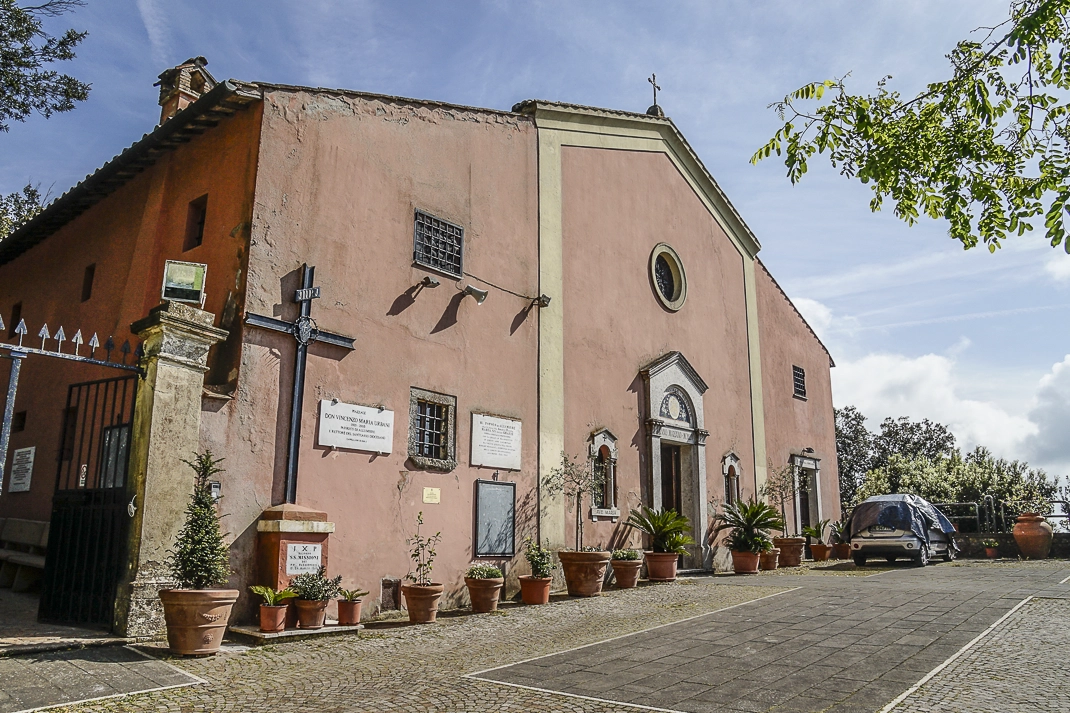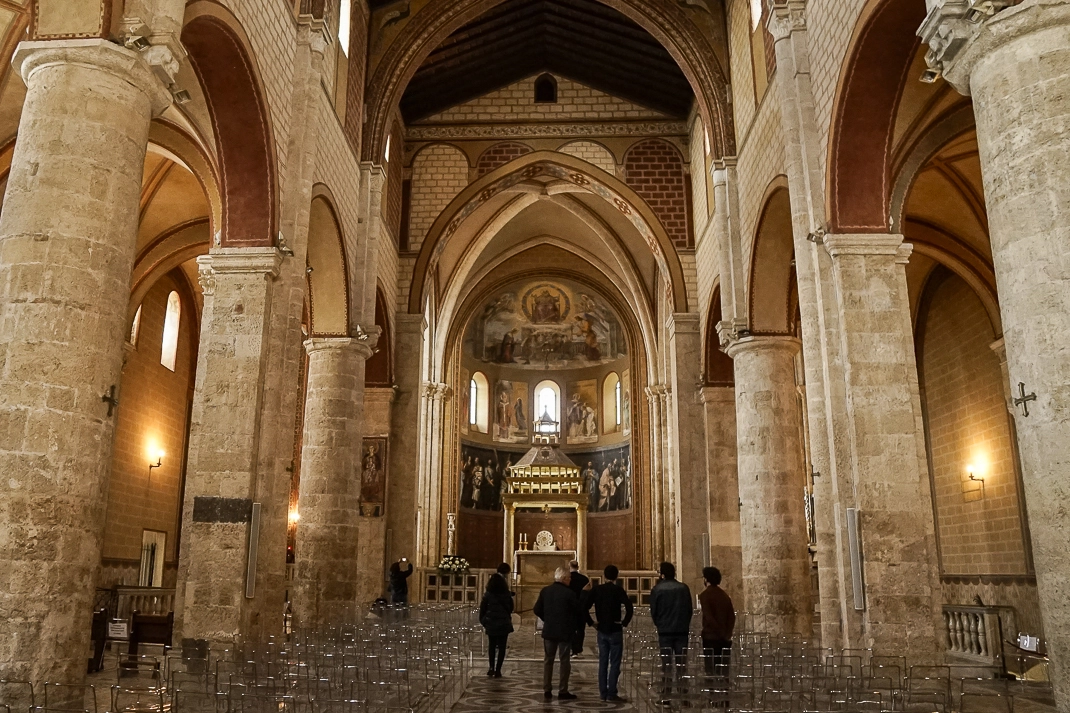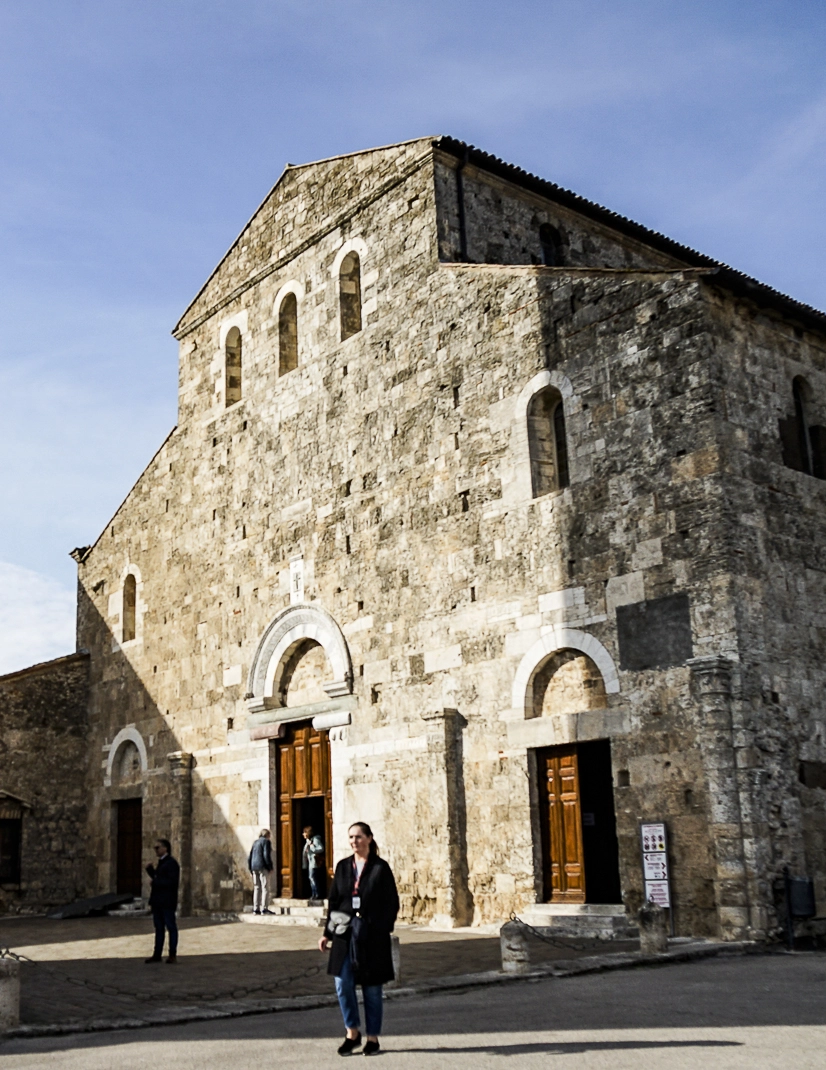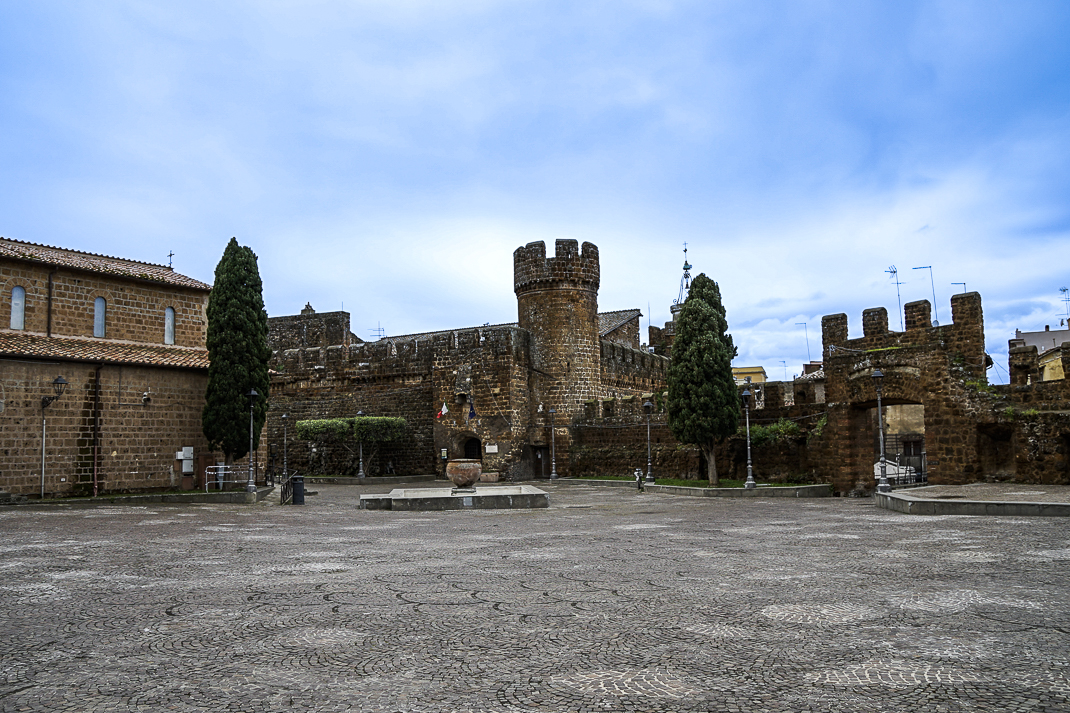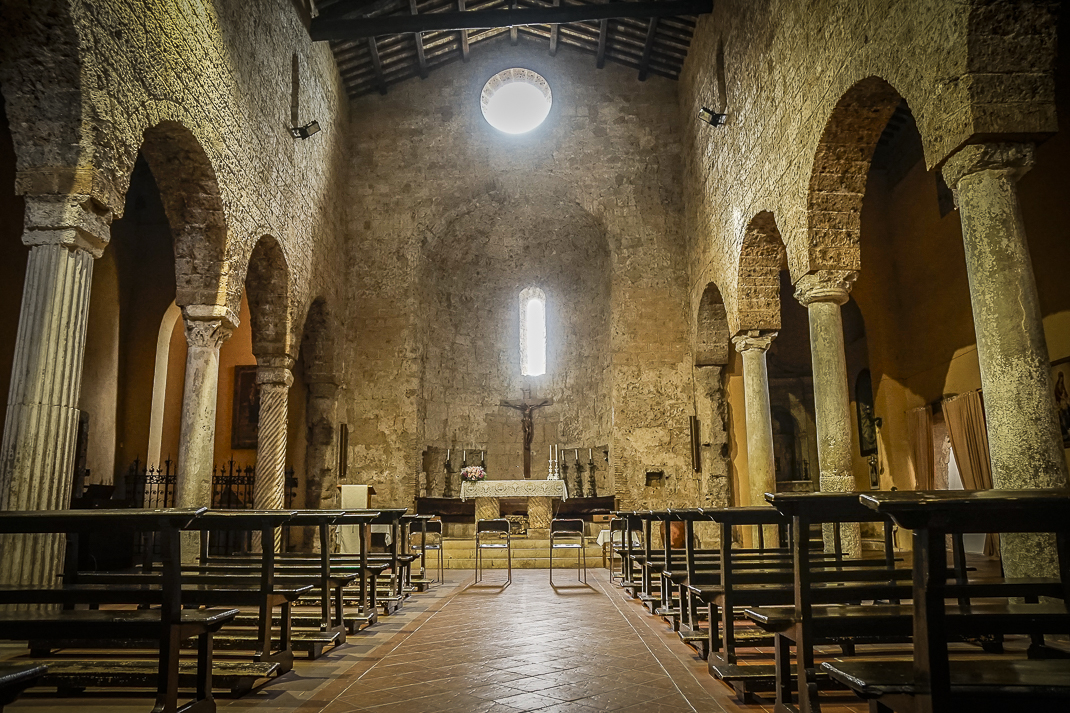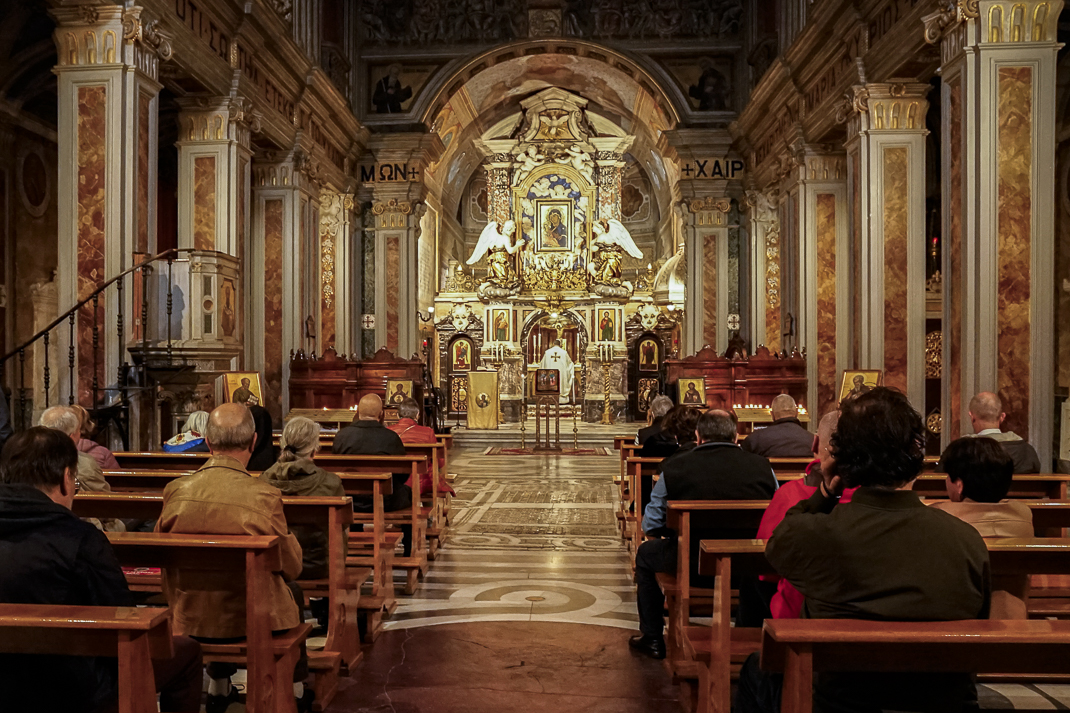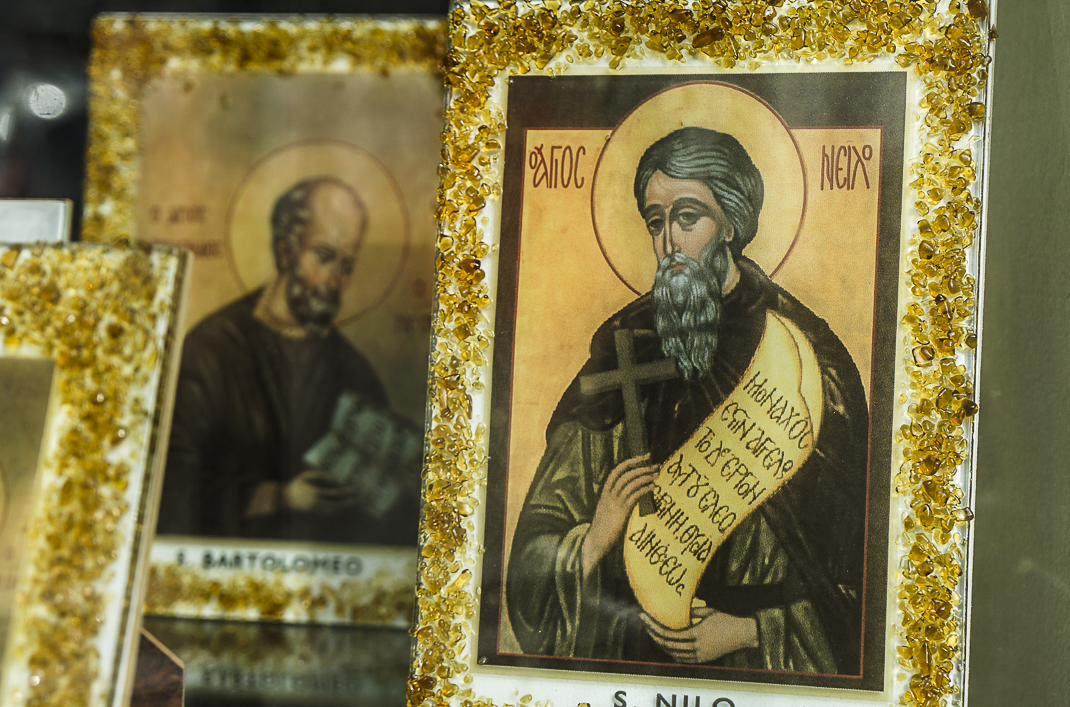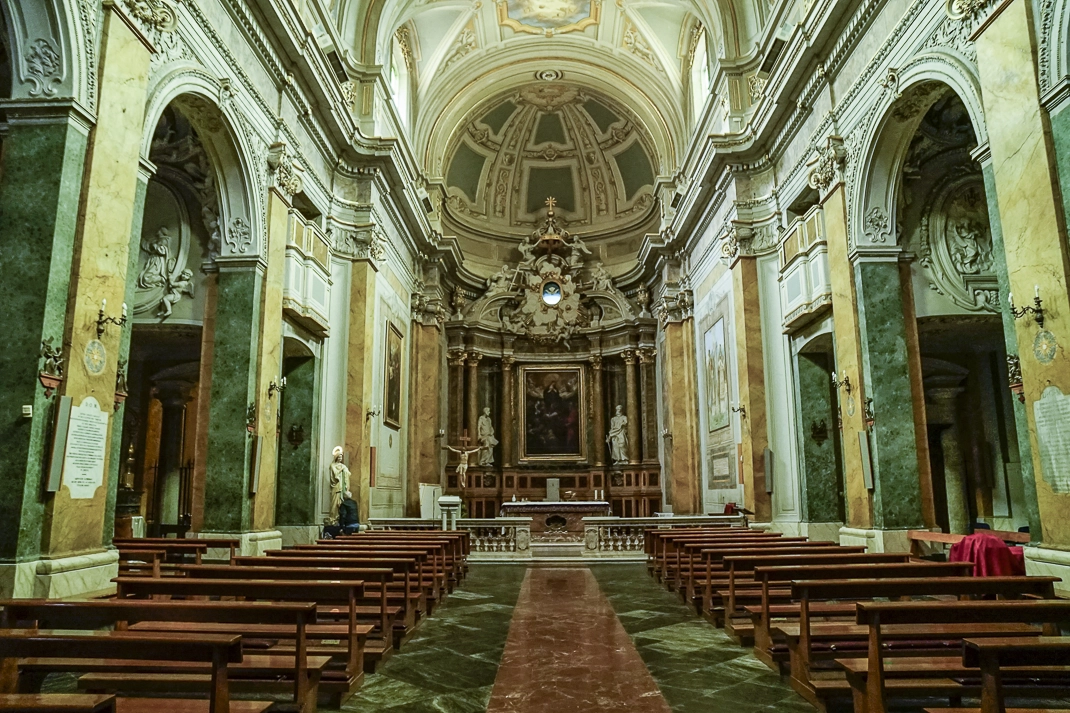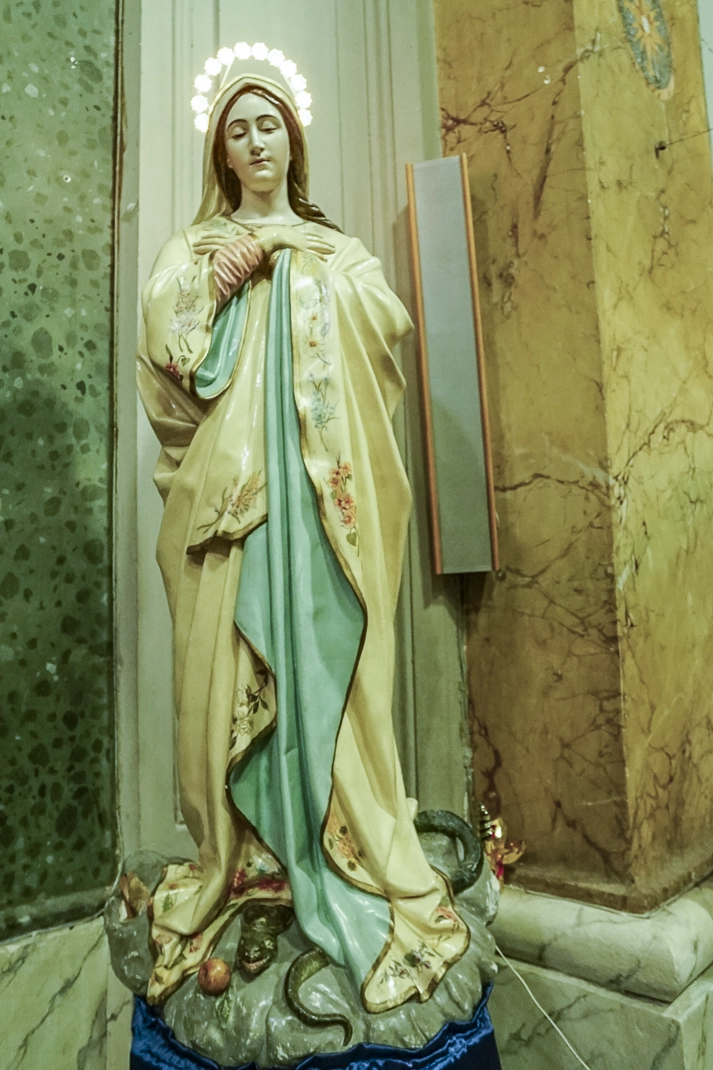

Our 5 churches in Lazio
Not being religious, churches have never been a part of my life – until I moved to Italy. Now they are must sees in every town I visit. In the two-plus years we’ve done TraveLazio, in our three Things to Do, inevitably we include a church that is a must see.
Not a Catholic? Not a believer? Not a problem. Just go bask in some of the most amazing artwork in the world. Frescoes. Domes. Elaborately decorated chapels. They’re all there, all in some of the smallest towns in Lazio.
You could make a series of day trips just to see churches. For those interested, we have settled on our five favorites based on architecture, artwork and historical significance.
Marina and I separately wrote our top five. Not surprisingly, we both included the same four. They are below (in the towns’ alphabetical order) along with my fifth. (Writer’s privilege.) So next time you’re in Rome, know you can get out of the chaos and avoid the crowds and see some amazing beauty in places you won’t read about in guidebooks.
(Phone numbers do not include country code +39.)
Enjoy:
Allumiere: inside and outside the 15th century Santuario Madonna delle Grazie.
Allumiere: Santuario della Madonna delle Grazie. Via delle Grazie 1, 07-66-967-417, https://www.santuaritaliani.it/santuario/
madonna-delle-grazie-12/
This is one of the most amazing religious sites in Italy. Built next to one of the first aluminite quarries, it’s an outdoor chapel with 10 rows of pews at the foot of the forest.
Go to the back row and look up. Atop a towering rock is a statue of Jesus on a cross, Every Sept. 6 pilgrims from all over Lazio travel by foot to this spot where ceremonies for the Feast of Our Lady of Graces start at 9 p.m. and continue until 6 p.m. Sept. 8.
Adjacent is a church from the 15th century where in 1987 Pope John Paul II visited and crowned a statue of the Virgin Mary.In an adjacent room is a statue of Friar Giovanni, a local hero who, legend has it, cured the sick from a pan of oil and who was murdered during a robbery.
The Madonna delle Grazie represents St. Mary of Graces. Many churches with this designation owe their foundation to the graces from the Virgin Mary.
Anagni: The Cathedral dates back to the early 1100s.
Anagni: Cathedral. Via Leone XIII, 39-07-75-728-374, https://www.cattedraledianagni.it.
Built from 1082-1104, the cathedral is a massive limestone edifice with a seven-story watch tower that can be seen all over the countryside. It anchors Piazza Innocenzo III, with a statue of Boniface VIII, one of the four popes to which Anagni lays claim.
The interior is even more stunning. The floor, built in 1231, is all blue and gold mosaics forming circles leading to the altar. The Gothic-Lombard style interior features 12 stone columns holding up the roof covered in brightly decorated frescoes. The library has 1,814 books dating back to the 15th century.
Don’t miss the Caetani Chapel, built in the 13th century. Recent restorations have uncovered new frescoes.
Pope Boniface VIII has special significance this year of Rome’s Jubilee. He started the tradition in 1300 with a Holy Year, inspired by pilgrims pouring into Rome in 1299, driven by a popular movement. Boniface started the Jubilee and told pilgrims if they visited the basilicas of St. Peter’s and St. Paul Outside the Walls they could gain a “plenary indulgence,” a remission before God of the temporal punishment due to sins.
Cerveteri: check out the 1,000-year-old stones in Chiesa di Santa Maria Maggiore.
Cerveteri: Chiesa di Santa Maria Maggiore. Piazza Santa Maria 14,
06-56567321, http://www.smariamaggiorecerveteri.it/, parish@smariamaggiorecerveteri.it,
7 a.m. – 1 p.m., 3 – 7 p.m.
This is one of the oldest churches in Italy. It is opposite the castle and dates back to 1000 A.D. It was built atop another ancient building and started as only a one-room church. However, it enlarged with three naves. When you enter from the street, you’re actually entering a modern church built in 1959. Go through it to the back and you’ll see the ancient church. Notice the 1,000-year-old stones. In the 1700s, a passageway was built connecting the church to the palace.
The name Santa Maria Maggiore became very popular around Italy in the 14th century. It comes from the legend of a Roman patrician named John who, in 352 A.D., vowed to donate his and his wife’s possessions to the Virgin Mary. On Aug. 5, snow strangely fell on Rome’s Esquiline Hill. The couple built a basilica in honor of Mary on that spot and it remains one of the four papal basilicas of the Vatican.-
Grottaferrata has one of the most beautiful altars in Italy.
Grottaferrata. Abbey of Santa Maria di Grottaferrata, Corso del Popolo 128, 39-06-945-9309, https://www.abbaziasannilo.org/, segreteria@abbaziasannilo.org, 9 a.m.-noon, 3:30-7 p.m. Museum 10
a.m.-6 p.m. Friday-Saturday, first Sunday of every month, €5, library 8:30 a.m.-2 p.m. Monday-Friday, free.
It’s one of the few churches with castle-like turrets rimming the outside walls. Inside features beautiful marble columns and a spectacular altar featuring white angels flanking a painting of the Virgin Mary.
It was founded way back in 1004 by St. Nilus the Younger, a fascinating man who left a married life for God after an illness led him to conversion. Commonly known as San Nilo, the abbey dominates the landscape with its six-story guard tower sticking up over the walls that surround the town. Inside the original door are mosaics displaying the 12 Apostles and angels flanking a mosaic of the Virgin Mary and Child above the altar.
The surrounding walls of the abbey grounds have slits where you can see the countryside, including a terrific view of Rome beyond. Inside is also a library and museum.
Poggio Mirteto: Santa Maria Assunta features beautifully decorate marble beams.
Poggio Mirteto. Santa Maria Assunta, Piazza Martiri della Liberta 39, 07-6520-1279, https://www.smassunta.it.
Built in the 16th and 17th century, the beautiful terracotta facade dominates the piazza. Inside, red marble beams hold up the high ceiling. Near the altar, a statue of Madonna with a lighted halo has her foot poised on a snake, symbolizing her purity. Over the altar is a dove flying between two angels.
The red marble in the altar comes from Cottanello, located about 15 miles north of Poggio Mirteto. Two small pillars on the balustrade railing feature Poggio Mirteto’s coat of arms: three mounds topped by a tower with myrtle branches on the sides.
Poggio Mirteto is a major olive production center. The zone has 2.5 million trees and 1,000 farms spread out over 1,000 square kilometers. The area has grown olives since the ancient Sabines settled there in the 10th century B.C.


